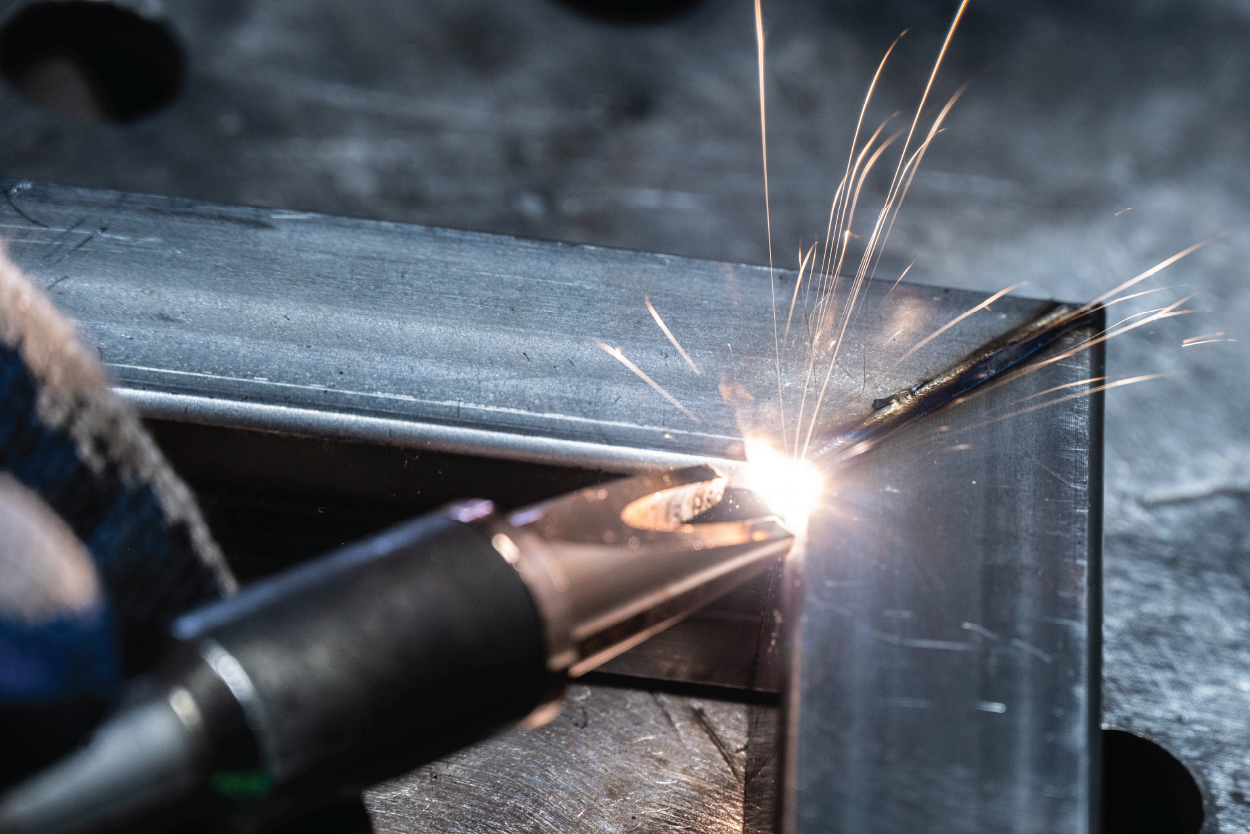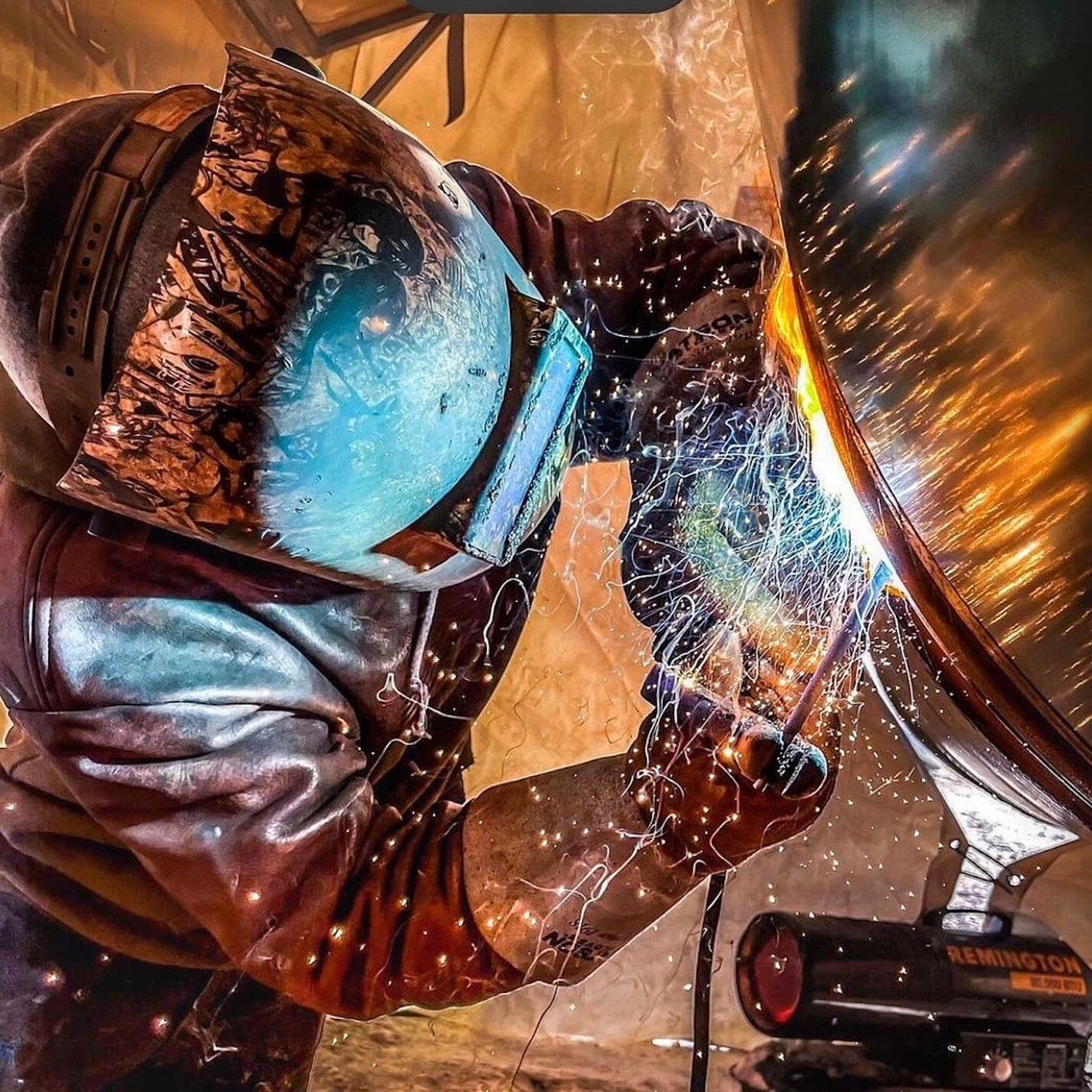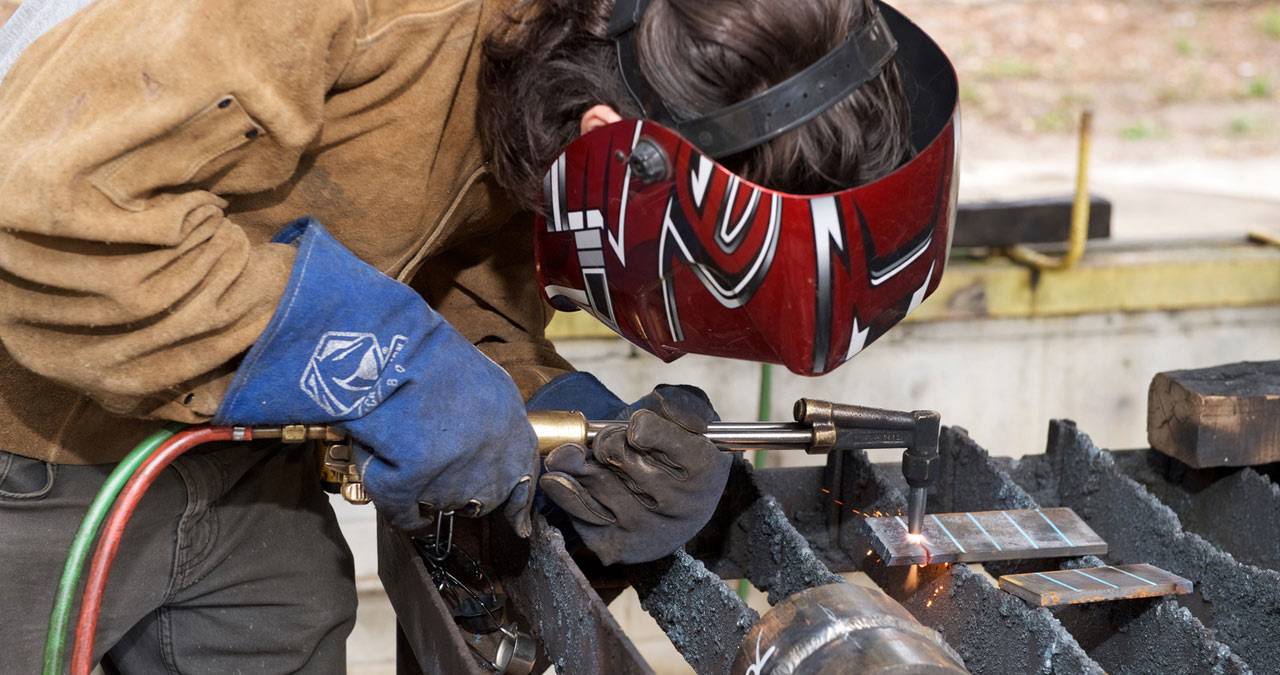Usual Welding Repair Service Issues and How to Address Them Successfully
Welding repair services often run into a range of issues that can endanger the stability of the last product. Common troubles include insufficient penetration, porosity, and imbalance, amongst others. Each flaw provides one-of-a-kind difficulties that need specific approaches for resolution. Recognizing these issues is important for welders intending to boost their end results and abilities. This conversation will explore these common welding fixing problems and efficient approaches to resolve them.
Insufficient Infiltration
Poor infiltration occurs when the weld steel stops working to totally fuse with the base material, resulting in weak joints and potential architectural failures. This issue often stems from insufficient heat input, incorrect electrode angle, or improper welding rate. Welders might run into inadequate penetration because of a mistake of the required parameters for a specific material thickness or type. Additionally, contamination on the base product's surface area can impede efficient bonding, worsening the issue. To deal with insufficient penetration, welders must guarantee appropriate setups on their devices and preserve a clean work surface area. Routine inspection of welds is advised to identify any type of deficiencies early, permitting for prompt modifications and the prevention of compromised architectural honesty in bonded assemblies.
Porosity
Porosity is an usual problem in bonded joints that manifests as tiny gas bubbles caught within the weld steel. This problem can endanger the integrity of the weld, leading to lowered strength and prospective failure under tension. Montana Mobile Welding and Repair Belgrade Fabrication. Porosity commonly develops from contamination, dampness, or incorrect welding methods, which allow gases to get away right into the liquified weld swimming pool. To attend to porosity, welders need to ensure appropriate surface preparation, preserve a clean working environment, and make use of ideal welding specifications. In addition, selecting the appropriate filler material and securing gas can reduce gas entrapment. Regular evaluation and testing of welds can help identify porosity early, ensuring timely corrective actions are taken, consequently maintaining the top quality and reliability of the bonded structure
Imbalance
Imbalance in welding can develop from different elements, including improper arrangement and thermal expansion. Recognizing the origin causes is vital for efficient resolution. Numerous adjustment techniques are readily available to realign elements and ensure architectural integrity.
Sources of Imbalance
Welding misalignment usually stems from a variety of underlying issues that can compromise structural honesty. One main reason is improper fit-up of parts prior to welding, which can bring about voids and irregular surface areas. Variations in thermal development during the welding procedure can also lead to distortion, especially if the products being joined have various coefficients of development. Additionally, inadequate securing and fixturing might fail to hold parts securely in position, resulting in movement throughout welding. Inadequately conserved devices, consisting of welding machines and tools, might introduce inconsistencies in the weld bead, further adding to imbalance. Driver error, stemming from inadequate training or experience, can additionally play a considerable role in producing misaligned welds.

Adjustment Strategies Offered
Addressing imbalance properly requires a mix of rehabilitative methods tailored to the specific problems at hand. One common method is using fixtures or jigs to hold elements in the appropriate placement throughout welding, making certain regular alignment. In addition, pre-heating the materials can help in reducing distortion and boost fit-up. For substantial imbalance, mechanical realignment techniques, such as using hydraulic jacks or clamps, can be used to deal with the position prior to welding. Post-weld warm therapy might additionally be necessary to ease stresses brought on by imbalance. Careful examination and adjustment during the configuration phase can protect against imbalance problems from coming to be considerable issues, promoting a smoother welding procedure and enhancing overall structural stability.
Distortion
Distortion is a typical obstacle in welding that can develop from numerous aspects, including uneven heating and cooling. Comprehending the reasons of distortion is essential for executing reliable prevention methods. Addressing this concern not only boosts structural honesty however also enhances the general quality of the weld.
Causes of Distortion
When based on the intense warmth of welding, products typically go through modifications that can cause distortion. This sensation mainly emerges from thermal development and contraction during the welding process. As the weld location warms up, the product broadens; upon air conditioning, it acquires, which can develop interior tensions. In enhancement, unequal home heating throughout a work surface can worsen these stresses, leading to warping or flexing. The kind of product also plays a significant role; steels with differing thermal conductivity and coefficients of development might respond differently, causing unpredictable distortions. Furthermore, poor joint design and inadequate fixturing can add to misalignment throughout welding, increasing the likelihood of distortion. Comprehending these causes is vital for efficient welding repair and prevention strategies.
Avoidance Techniques
Effective avoidance methods for distortion throughout welding focus on managing warm input and making sure proper joint design. Maintaining a constant warmth input assists to decrease thermal expansion and tightening, which can lead to distortion. Making use of strategies such as preheating the work surface can likewise reduce the temperature gradient, promoting consistent home heating. In addition, choosing proper joint layouts, such as T-joints or lap joints, can boost security and minimize stress concentrations. Executing correct fixturing to protect the work surfaces in position further help in keeping alignment throughout the welding process. Staggered welding sequences can disperse heat extra evenly, stopping local distortion. By applying these techniques, welding gases welders can greatly decrease the likelihood of distortion and enhance the total top quality of their welds.
Cracking
Splitting is an usual problem run into in welding fixings, usually arising from numerous elements such as incorrect cooling rates, product option, or inadequate joint prep work. The occurrence of cracks can greatly endanger the integrity of the weld, leading to prospective failings during operation. To resolve this issue, welders must first assess the origin causes, ensuring that materials work and properly selected for the particular application. Additionally, managing the air conditioning price during the welding procedure is vital; quick air conditioning can induce stress and cause splitting. Appropriate joint design and preparation also add to decreasing the risk. Executing these techniques can improve weld high quality and longevity, inevitably decreasing the likelihood of fracturing in ended up weldments.

Insufficient Combination
A substantial problem in welding repair services is incomplete combination, which occurs when the weld metal does not effectively bond with the base product or previous weld passes - Montana Mobile Welding and Repair. This defect can lead to weaknesses in the joint, potentially endangering the stability of the welded structure. Elements adding to incomplete combination include not enough warmth input, incorrect welding strategy, and contamination of the surfaces being joined. To resolve this concern effectively, welders need to assure correct pre-weld cleaning and surface area prep work, along with change their welding criteria to attain ample infiltration and fusion. Routine examination during the welding process can additionally aid recognize incomplete blend early, permitting for timely corrective procedures to boost the general top quality of the weld
Overheating
While welding repair work can boost structural honesty, overheating provides a significant obstacle that can lead to material degradation. Extreme warmth throughout welding can modify the mechanical residential properties of steels, leading to decreased strength, enhanced brittleness, and warping. This phenomenon is particularly crucial in high-stress applications where architectural reliability is extremely important. Identifying overheating can involve aesthetic evaluations for staining or distortion, along with checking temperature level during the welding procedure. To mitigate the threats linked with overheating, welders need to use suitable techniques, such as regulating heat input, readjusting travel speed, and making use of appropriate filler products. Furthermore, carrying out pre- and post-weld warm therapies can help bring back flux core mig wire product buildings and boost the general high quality of the repair, guaranteeing long-lasting performance and security.
Regularly Asked Inquiries
What Are the Typical Indicators of a Welding Defect?

Exactly How Can I Examine My Welds for Top quality?
To evaluate welds for top quality, one can use aesthetic examinations, ultrasonic screening, and radiographic approaches. Each technique guarantees structural integrity, recognizes defects, and confirms adherence to specified criteria, eventually improving the dependability of the welded joints.
What Safety and security Safety Measures Should I Take While Welding?
When welding, one must prioritize safety by wearing ideal individual protective devices, making sure appropriate ventilation, protecting flammable materials away, keeping a tidy office, and recognizing environments to stop injuries and mishaps.
Can I Fix a Weld Without Remodeling the Entire Joint?
Repairing a weld without remodeling the whole joint is feasible, depending upon the damage (Montana Mobile Welding and Repair). Methods such as grinding, including filler material, or making use of a welding procedure can successfully resolve details imperfections while preserving the bordering framework
What Devices Are Important for Reliable Welding Repairs?
Necessary devices for efficient welding fixings consist of a welding maker, cord brush, mill, safety equipment, clamps, and filler products. Each tool plays a crucial duty in making sure high quality and security throughout the repair work procedure. Porosity commonly emerges from contamination, wetness, or inappropriate welding techniques, which permit gases to get away right into why not try these out the molten weld pool. Inadequately maintained devices, consisting of welding machines and tools, may introduce incongruities in the weld bead, more adding to misalignment. When subjected to the intense warm of welding, products frequently undertake adjustments that can lead to distortion. Breaking is a typical concern come across in welding repair services, often resulting from numerous factors such as inappropriate air conditioning rates, product choice, or inadequate joint prep work. A substantial concern in welding repairs is incomplete combination, which happens when the weld steel does not adequately bond with the base product or previous weld passes.